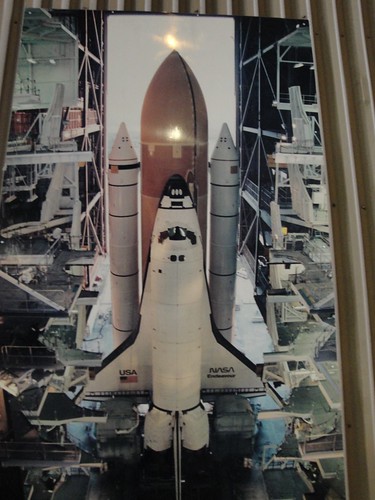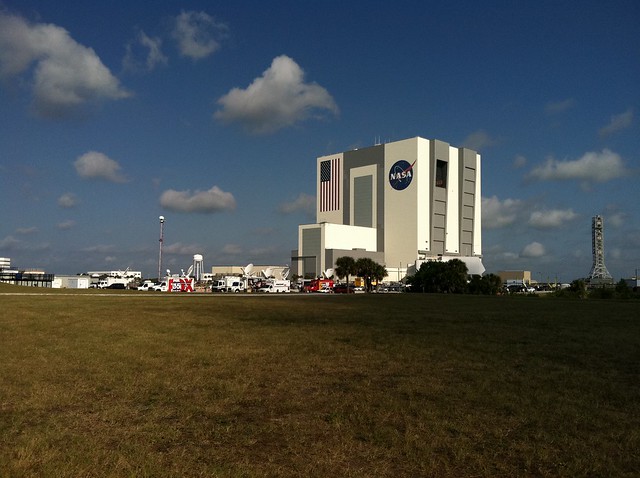Justin Hamilton, the US Department of Education’s Press Secretary sent out the following tweet:
Mr. Hamilton had just endured a bashing on Twitter, some appropriate points, and a few very over the top. I have to admit as a teacher I hoped maybe he would get an idea of what teachers, and education in general have endured at the hands of the neo-reformers his office too often uncritically supports. But I am also sure that being in the position he is in he deals with more than his fair share of criticism, deserved and not.
I had hoped to respond to him earlier, but as is most often the case this school year, the job of being a teacher does not always allow me to reply in a timely manner. I’ve hit some points below, but this is far from complete. Please add your own here or on your own blog.
Mr. Hamilton, here are some things I am for:
– Aggressively support a broad range of “reform” – actual innovation. If states get federal money, they must support different reform models explicitly (right now you mainly support 1 model based on lots and lots of testing and the narrow curriculum that goes with it … oh, and it isn’t supported by research or what other countries do that outscore us – so why is that your major emphasis?).
– Do realize that when Mr. Duncan visits, “lots of schools,” he doesn’t actually get a true vision or reality about what is happening there. Administrators, teachers, parents and students are generally performing for an important guest, and they want to make a good impression, not make waves. That might be why he claims he never hears negative feedback about his policies.
– Do hold all-day informational meetings across the country where teachers are invited and asked (no begged) to vent, answer questions about education, teaching, learning, how to make our schools better, education policy and their real view of it … and DOE employees in attendance should mostly “listen” and ask clarifying questions. Oh, and a full account of everything discussed should be released – and it should not be mostly a media event.
– Do hold similar meetings for parents, students and administrators … sometimes even mixed groups.
– Do act on the ideas offered in the meetings above, even when they require a change in USDOE current policy.
– Do come to the realization that perhaps Bill Gates, Eli Broad, Michelle Rhee and other “reformers” should certainly be listened to for their opinions, but that they have very little, and mostly NO actual experience in education, mostly just lots of money or backers with lots of money … and too often an agenda that might not be in the best interest of children (despite their opinions otherwise).
– Do come to the realization that perhaps actual experienced, successful teachers have more insight and knowledge about what might work in education, but that they are used to being told what to do and then blamed for the outcome. In addition understand that they are not used to REALLY being listened to about what they have found to actually work, or from experience think might be worth trying to see if it works (true innovation based on experience, not a billionaire’s whim or “business model”), and they tend to be kid centered … they care deeply about their students and want what is best for their students with few – very few exceptions.
– Do support, from the sidelines, billionaires if they want to try their ideas for reform (as long as they are not obviously bad for children). Their ideas should be listened to and tried if they want to pay for them, and they find willing schools to try them out and see if they ACTUALLY work, but you should be very suspicious when they imply that any other ideas should be dismissed as the “status quo” and should therefore not be funded, or only funded if 50 hoops are jumped through (like what RTTT does now).
– Do realize that perhaps uncritically supporting the message in a movie like “Waiting For Superman” which is full of flawed facts, statistics, and, as it turns out, filmed “set-up” scenes that did not actually occur, just might demonstrate on your part a disconnect about our actual public schools. Use the film to start a conversation, great idea, but we never hear that you realize the severe flaws, poor research and misinformation the film is wrought with. Let’s discuss the reality too, and be transparent.
– Do, when Mr. Duncan comes out in support of the Los Angeles Times outing teachers based on test scores that even the testing companies themselves say should not be done, is not valid, and has no actual proven value, admit you were wrong and that the LA Times is wrong.
– Do come out in support of teachers and schools, not looking to blame them. If a school is doing poorly, support it. Put money and time into training that empowers teachers, gives them the most say in what they do, and find out what THEY say they require to improve. You’ll probably find out that when teachers have the most say, they won’t tolerate incompetence very often. And if what THEY say and do doesn’t work after a reasonable chance, NOW hold them accountable.
– Do realize that the fact that half of teachers leave the profession in five years, that maybe a fairly high percentage of them left because their peers suggested that might be a good idea.
– Yes, we need to do a better job of weeding out poor teachers (and every other profession needs to weed out their poor employees as well), but do realize that is not THE major issue that will improve education. Lets aggressively deal with all the other issues that effect student learning and success as well, not pretend they don’t matter almost at all.
Please add your ideas here too. I hope to come back and add some more specifics about what those other education models might look like in the future.
Learning is messy!





